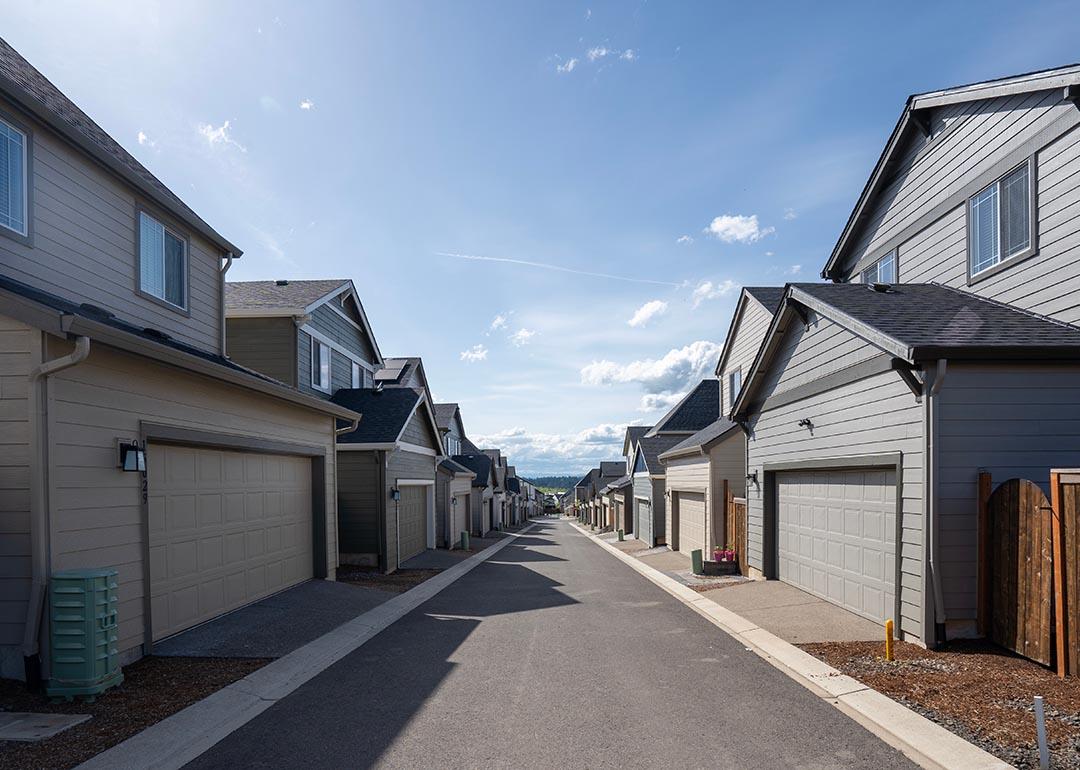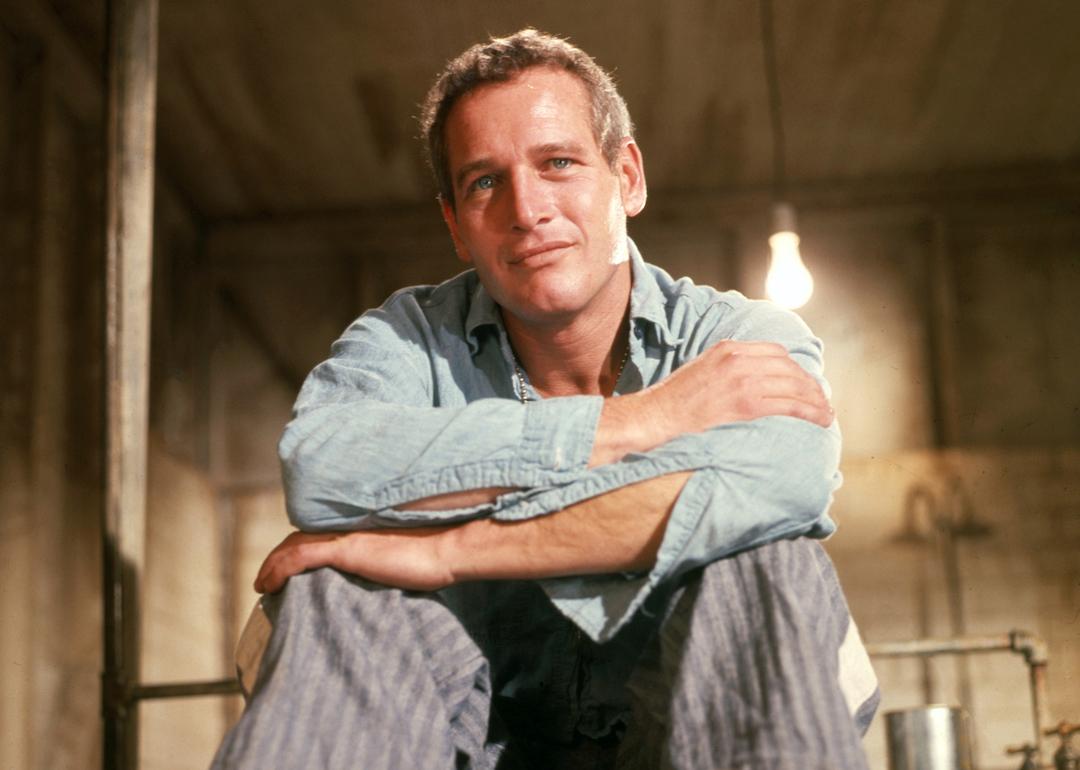
The big move to smaller homes: Affordability, lifestyle changes, and smarter design
The big move to smaller homes: Affordability, lifestyle changes, and smarter design
Is bigger always better? For decades, new home construction followed a standard pattern: bigger floor plans, more square footage, and oversized en-suites and living rooms designed to showcase luxury and space.
But times have changed. Recent data shows that the average size of newly built single-family homes is shrinking, and builders are leaning into smarter, flexible, more efficient designs.
The reasons behind this shift are complex — a nod to affordability issues, demographics, and changes in lifestyle — and point to a broader redefinition of what buyers value in a home today. NewHomeSource takes a closer look at why smaller homes are making a comeback in new construction.
How Big Are American Homes in 2025?
The size of newly built homes has been declining since 2015, reversing decades of growth, according to the National Association of Realtors. In 2015, the average size of an American home was 2,466 square feet; in 2023, it was 2,177. By 2024, new homes were sized at 2,150 square feet — the smallest in 15 years.
At the same time, townhomes have also gained in popularity, making up a record 17% of the single-family market compared to 10% in 2009, according to National Association of Home Builders data.
This marks a clear departure from the big home mindset that dominated construction in the early 2000s.
Five Reasons Smaller Homes Are Gaining Momentum
1. Affordability pressures
Sticker shock is what primarily dissuades homebuyers from buying larger homes.
Homebuyers are dealing with higher mortgage rates of 6% — and higher — as well as tariffs that affect aspects of homeownership from lumber to furniture. In response, buyers are pivoting to smaller homes with easier to manage monthly bills across their mortgage, property taxes and ongoing utility costs.
2. Downsizing by choice
However, not every buyer is motivated by cost. Empty nesters, retirees, and the younger generation of homebuyers are increasingly choosing lifestyle over square footage.
About 52% of Millennials would rather have a smaller, better-built new home with more amenities than a larger one with fewer amenities, while Baby Boomers are looking to downsize to an average of 1,869 square feet. In fact, across demographics, the desire for a smaller home was one of the top reasons why Americans were buying new homes, according to a 2025 report.
The benefit? A smaller home often means less maintenance, less cleaning, and more time to spend on hobbies, travel, or family.
3. Smaller households
There are also changes in what the typical American family household looks like, which is driving down the size of homes, economists have noted.
Gone are the days of the traditional nuclear family with mom and dad, 2.5 kids, and a few pets to boot. Following a global trend, birth rates in the U.S. are declining, with fewer people reporting a need to have kids and a family. Instead, we’re seeing an influx of solo homebuyers — about two-thirds of buyers, according to the NAHB — who don’t need that conventional three-bedroom/two-bathroom layout.
4. Zoning shifts and land use
The share of lots smaller than 7,000 square feet — just 0.16 of an acre — reached 40% in 2023, according to the NAHB.
Across the country, local governments are revisiting zoning restrictions to allow for higher density housing. They’re doing this in response to addressing land shortages and making homeownership more accessible to a wider range of buyers.
This shift opens the door for more compact lots and smaller homes, especially in cities where land is already scarce. Builders are adapting by offering cottage-style homes, townhomes, and smaller single-family models to fit these evolving regulations.
5. Smarter, more efficient design and flex spaces
Despite the shift to smaller homes, today’s new builds don’t feel cramped.
It’s all in the blueprint of new homes’ designs. Think: open concept layouts, multifunctional “flex” rooms, and strategic storage solutions that make homes feel larger than they are.
Features like multi-functional kitchen islands, convertible home offices, and outdoor living areas allow residents to maximize every square foot. And while homes are getting smaller, the spaces that matter most — such as the kitchen and bathrooms — are still generously sized.
Bottom Line: Smaller Homes Are Here to Stay
All in, the future of new construction may not be bigger — but it’s smarter.
The shift seen across building statistics to evolving floor plans reflects the nation’s changing landscape in real estate and homeowners’ lifestyle. Sprawling McMansions and multi-bedroom homes still have their place, but momentum is shifting towards efficiency, functionality and affordability.
This story was produced by NewHomeSource and reviewed and distributed by Stacker.



